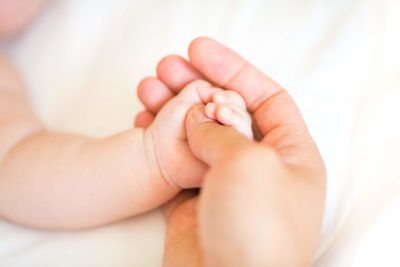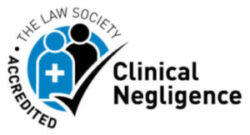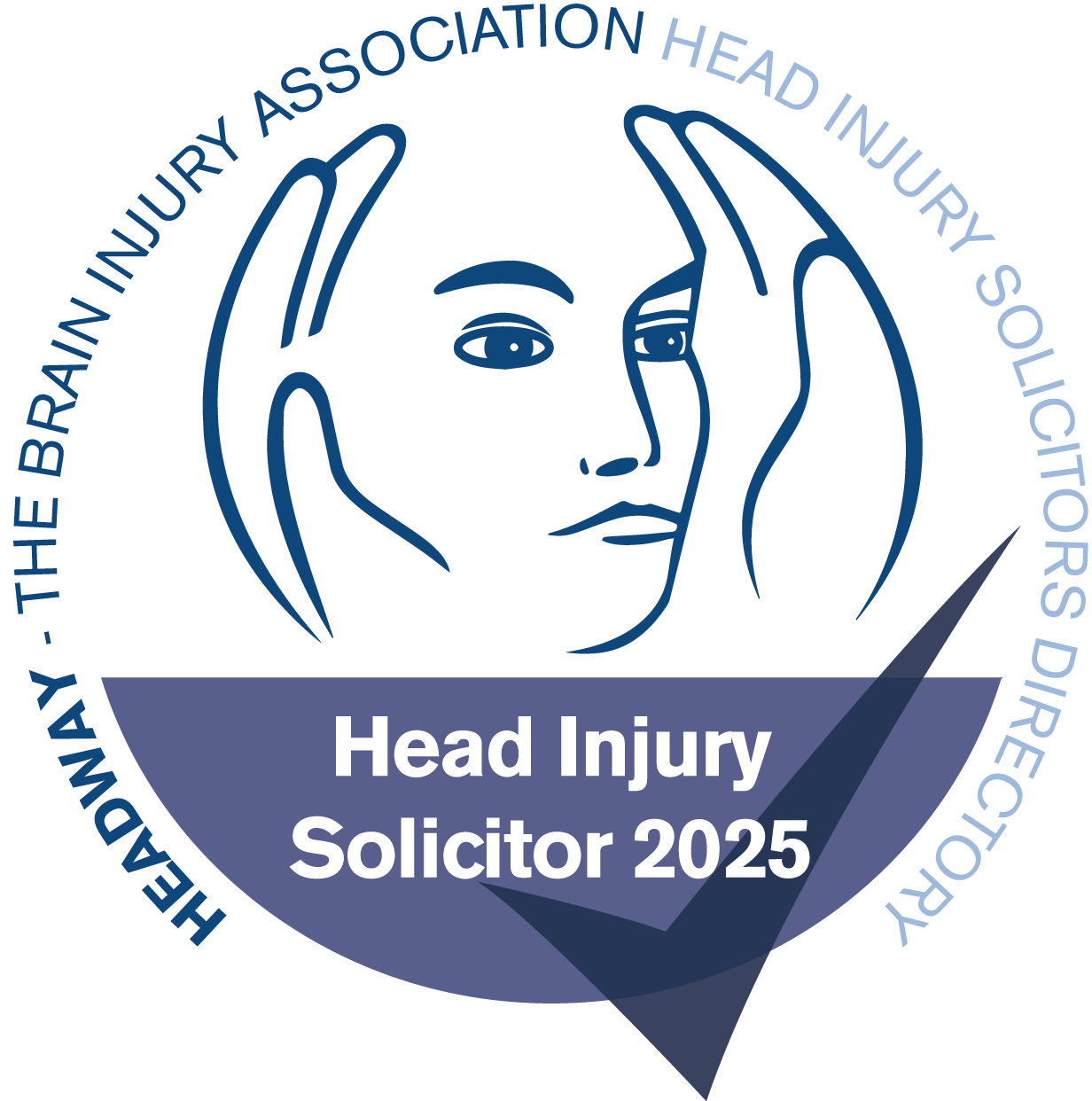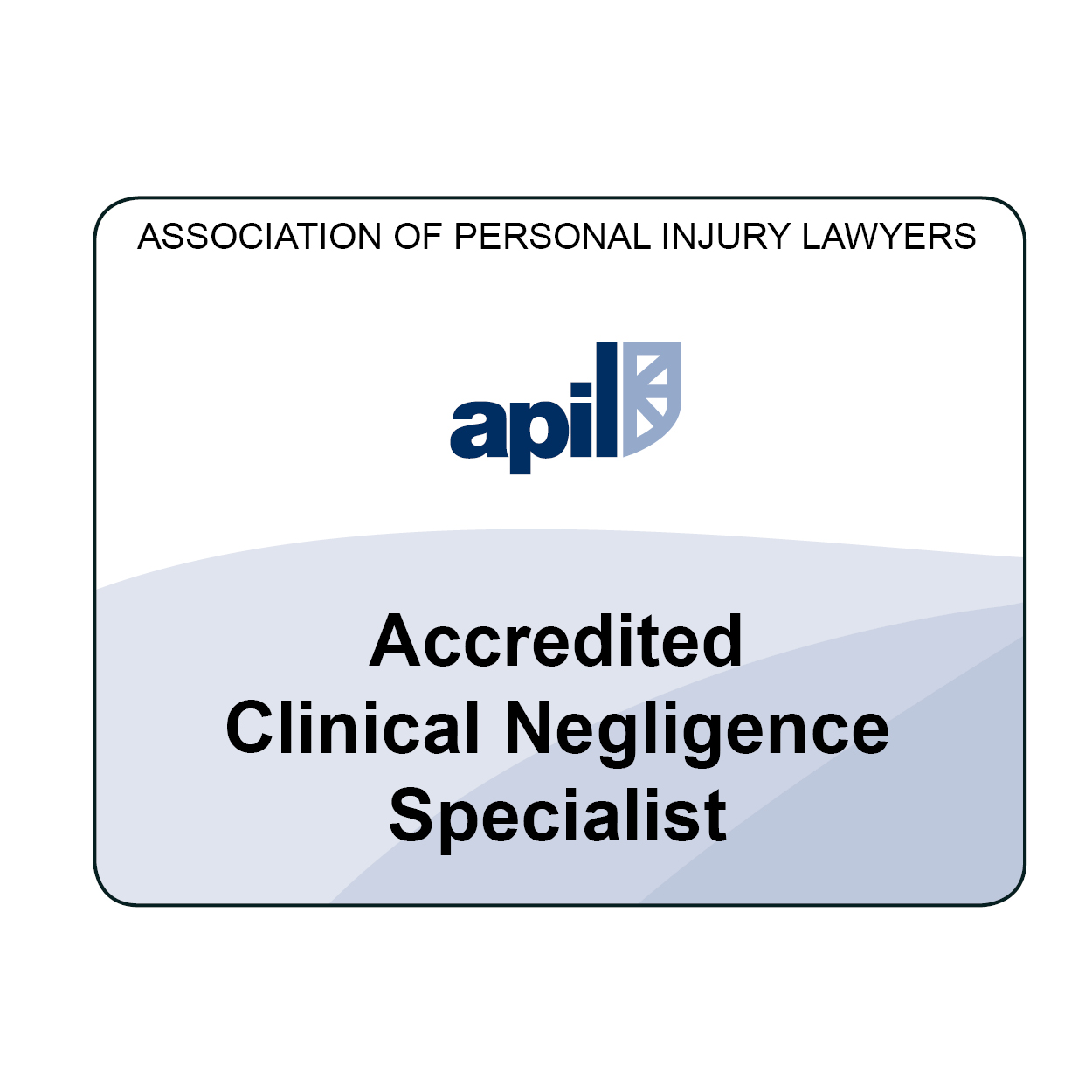Blackwater Law successfully represented the family of baby Blake in making a midwife negligence claim after the community midwife failed to notice a severe medical abnormality.

Erb’s Palsy and Klumpke’s Palsy are two distinct medical conditions that affect the nerves in the arms, often resulting from birth injuries. While they share similarities in their origin, their implications and manifestations differ significantly.
In this article, we will delve into the definitions of Erb’s Palsy and Klumpke’s Palsy, explore their implications, highlight their differences, and conclude with some insight into what steps you can take to put things right if you or a family member are subject to either condition as a result of medical negligence.
Defining Erb’s Palsy and Klumpke’s Palsy
Erb’s Palsy, also known as ‘Erb-Duchenne Palsy’, is a condition caused by damage to the brachial plexus nerves, which control the movement and sensation of the upper arm. This injury often occurs during difficult childbirth deliveries, where excessive pulling on the baby’s head can stretch or tear these nerves. As a result, individuals with Erb’s Palsy may experience weakness or paralysis in the affected arm.
Klumpke’s Palsy, on the other hand, affects the lower brachial plexus nerves, specifically the C8 and T1 nerve roots. It is typically characterised by paralysis and muscle weakness in the hand and forearm. Similar to Erb’s Palsy, Klumpke’s Palsy is also associated with birth trauma, and it can lead to a range of motor and sensory impairments in the affected hand

Implications of Erb’s Palsy and Klumpke’s Palsy
Both Erb’s Palsy and Klumpke’s Palsy can have profound implications on an individual’s quality of life. Children with these conditions might experience challenges in performing everyday tasks, such as gripping objects, feeding themselves, and dressing. Additionally, the psychological and emotional toll of living with a visible impairment can lead to feelings of frustration and low self-esteem.
In some cases, the effects of these conditions can be permanent, requiring ongoing medical interventions, therapy, and assistive devices to enhance mobility and functionality. Early intervention and proper medical care can significantly improve the prognosis for children affected by Erb’s Palsy or Klumpke’s Palsy.
Differences between Erb’s Palsy and Klumpke’s Palsy
The main difference between Erb’s Palsy and Klumpke’s Palsy lies in the specific nerves that are affected. Erb’s Palsy primarily impacts the upper brachial plexus nerves, leading to weakness or paralysis in the shoulder and upper arm. Klumpke’s Palsy, conversely, affects the lower brachial plexus nerves, resulting in weakness or paralysis in the hand and forearm.
Moreover, the severity of the conditions can vary. Erb’s Palsy often leads to muscle weakness and limited mobility in the arm, whereas Klumpke’s Palsy mainly affects the hand and can cause a ‘claw hand’ deformity due to the involvement of finger flexor muscles.
Helpful Articles
Erb’s Palsy compensation claims
If you or your child has been affected by Erb’s Palsy or Klumpke’s Palsy due to medical negligence during childbirth, seeking legal advice is crucial. Blackwater Law specialises in handling Erb’s Palsy compensation claims. Their experienced team understands the intricacies of these cases and is dedicated to helping families receive the compensation they deserve.
To learn more about Blackwater Law’s services and get free initial advice regarding making a no-win, no-fee medical negligence claim, get in contact today.






